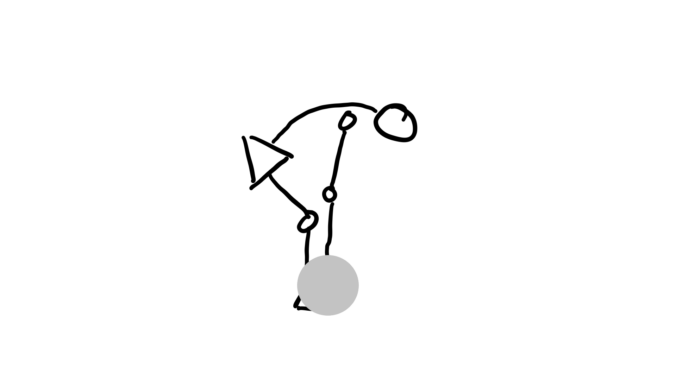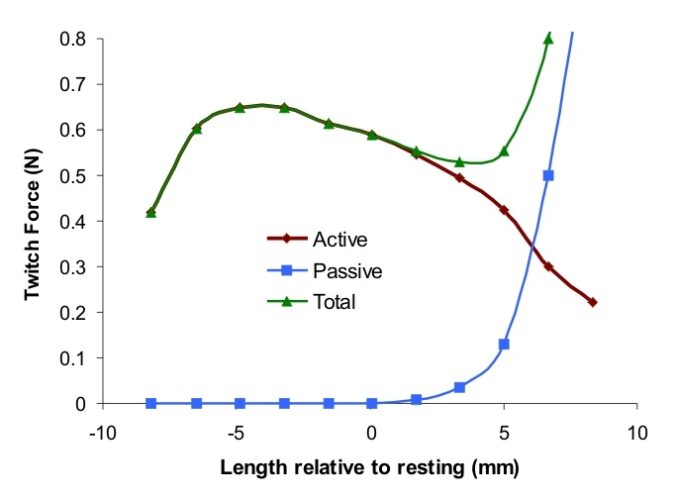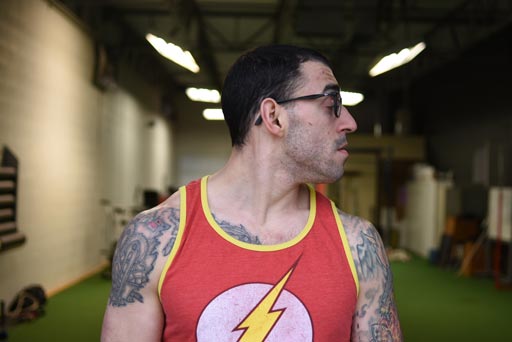Last updated: July 18, 2021
There’s no bigger insight into someone’s behavior than the head and neck. But what drives the head and neck?
If you want to be a great movement coach, you need high empathy and knowledge of anatomy. What is someone feeling and how does that feeling affect the structures of the body?
I’m not even talking about empathy in the obvious sense of human interaction. Will it help you seem like less of a robot? Sure. Will more people like you? Probably. But the hidden power of empathy for coaches is in decision making.
Imagine the basketball coach who keeps telling a kid to stay low out of a cut. The coach repeats the same words — over and over — throughout the season, but the kid does not respond.
Most coaches would say this kid is unathletic, unteachable, or disobedient.
But what if that kid cannot physically move his body that way? Maybe he just eats too much food before practice and pops straight up out of a cut because his hip is impinging in the bottom. I say this with 100% certainty of possibility.
If this coach wants to improve, he should know basic nutrition, biomechanics of the hip joint, and the anatomy of the thorax and abdomen. And, perhaps most importantly, he cannot assume anything.
This example and the hip joint is a starting point, but what about the head and neck? It’s the same, just in a different part of the body. I make better coaching decisions now that I’m paying attention to my clients’ head positions.
If someone has a rib cage that’s riding up, I’ll look to see what’s happening at the pelvis.
If someone has a slight head tilt when moving their arms, I’ll look to see what I can change at their thorax.
If someone is constantly looking down, I’ll challenge them to look straight ahead.
If someone is popping up out of a cut, I’ll look to see if their head and neck can bend.
The complexity of the joints in the head an neck make this undertaking difficult, but the sternocleidomastoid is the best place to start. This is the single muscle with the greatest ability to affect the head and neck because it’s relatively thick and has huge moment arms. It is, therefore, a strong mover in all three anatomical planes of motion.
As if the physics wasn’t enough, remember that the brain is always preoccupied with what the head is doing. Don’t believe me? Here’s a short list of what’s on the agenda for today:
- Movements produced by the SCM
- Movements kind of produced by the SCM
- The thorax during respiration
- Forward head posture
- Swayback posture
- Snapchat after workouts
- Ehlers-Danlos syndrome
- Asthma
- Vision
- Airways
- Fatigue
- My flourishing artistic abilities
- Relative motion of joints
- Entropy
- Basic angular physics
- How the head can move the feet
- …and a bunch of examples
I’m here to help you dissect this topic piece by piece. I’ve included references for those who want to dive deeper. Each section of this post is meant to lead into the next one, but I’ve supplemented the writing with many pictures in hopes to make this article clearer and more engaging. If you want, you could get away with skipping around.
Given the positive feedback received on my post over the serratus anterior, I knew the present article had to be written.
Let’s start off with generalities.
Continue reading



